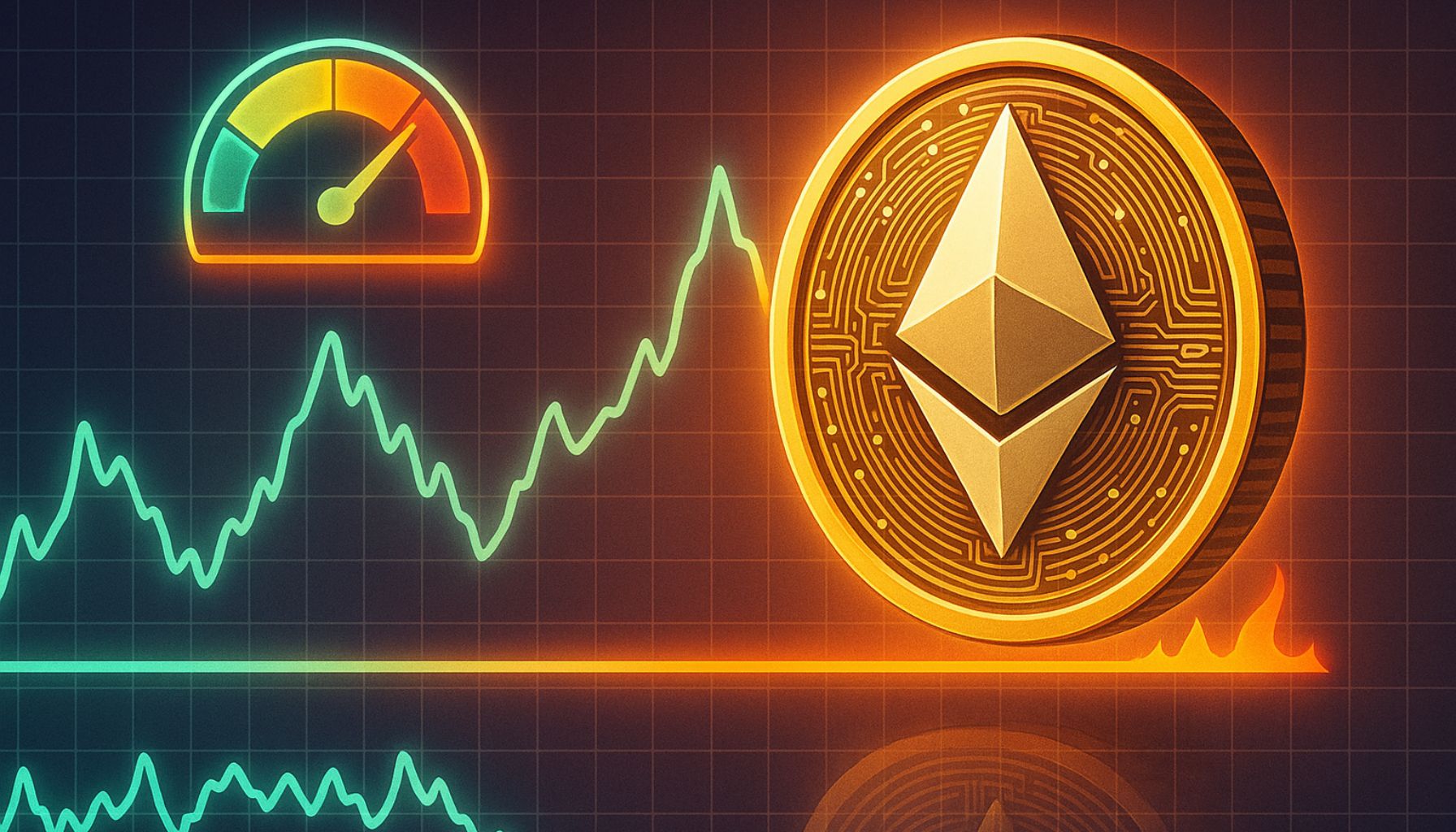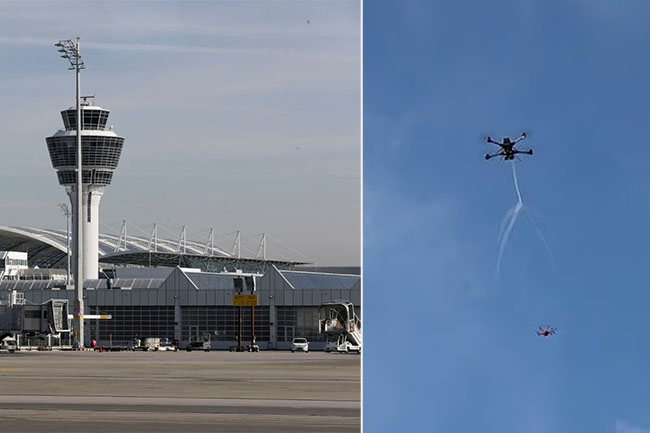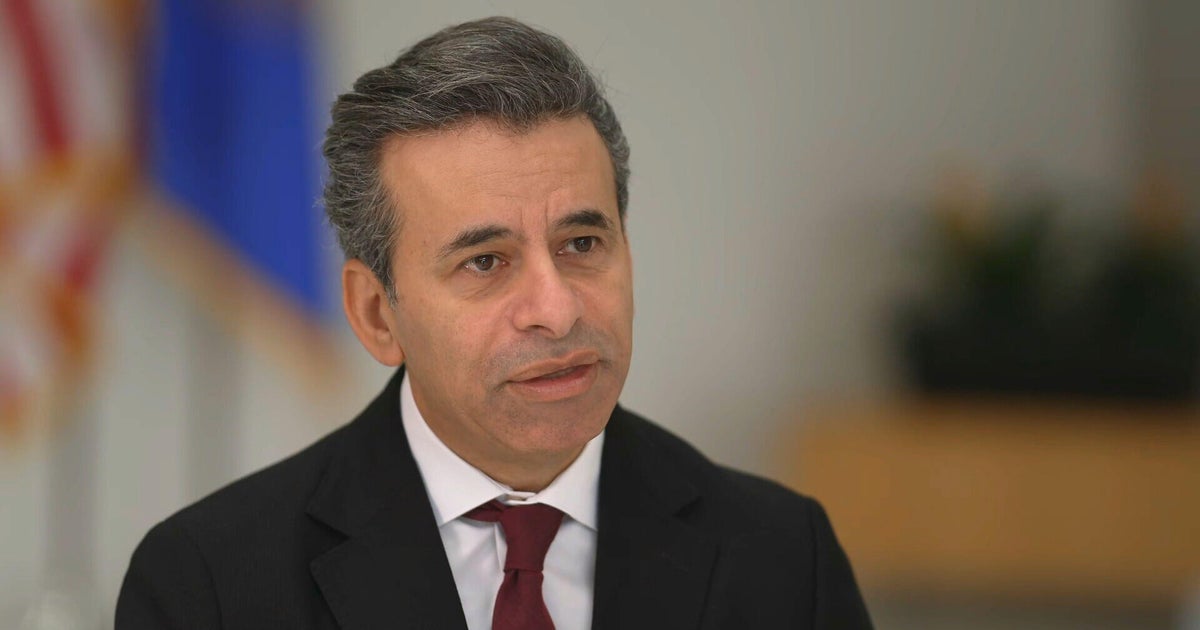They sold shares worth Rs 10,173 crore during the week. On Friday, FIIs outflows stood at Rs 1,926.8 while the domestic institutional investors were net buyers at Rs 3,896 crore.
Commenting on the current trends, VK Vijayakumar, Chief Investment Strategist, Geojit Investments, highlighted India’s underperformance versus its global peers over the last six weeks. This underperformance is despite a massive DII buying aided by robust inflows into mutual funds, he said.
“In August, from 1st through 14th, FIIs have sold equity for Rs 24,190 crores through the exchanges. This FII selling has been completely eclipsed by the massive DII buying of Rs 55,790 crores. Yet Nifty has drifted down from 24,768 to 24,631. Why? Trump’s harsh tariffs and the straining of relations between the US and India have impacted the market sentiments and, consequently, shorts have piled up, pulling the market down. The tepid earnings growth, elevated valuations and modest projection of 8 to 10% earnings growth for FY26 have emboldened the bears to increase short positions, impacting the market,” Vijayakumar said.
Sustained FII selling in IT stocks has pulled the IT index down, though the banking and financials have been relatively resilient due to fair valuations and institutional buying, he opined.
Going forward, the FII activity will be influenced by the action on the tariff front, he said, adding that the latest news of easing of tensions between the U.S. and Russia and no further sanctions on Russia indicate that the secondary tariff of 25% imposed on India is unlikely to come into effect after August 27. “This is a positive. Another positive factor which can influence FII behaviour is the rating agency S&P raising India’s credit rating from BBB-to BBB,” he pointed out.The understanding reached between US President Donald Trump and his Russian counterpart, Vladimir Putin, on Ukraine is expected to calm markets. Although Donald Trump and Vladimir Putin did not strike a deal to end Russia’s war in Ukraine, Putin claimed the two had reached an “understanding.”The close to three-hour meeting between the two heads in Alaska has not resulted in a ceasefire between the warring nations (Russia-Ukraine), but Trump called it a “very good meeting”, though he said that there’s no deal until there is a deal.Also Read – Explained: How Nifty, Sensex may react to Trump-Putin talks and Modi’s GST tax reform on Monday?
The FIIs have been net sellers on four occasions till July on a monthly basis. January saw the highest amount of FII selling at Rs 78,027 crore, and was followed by Rs 34,574 crore sell-off in February. In March and July, they sold shares worth Rs 3,973 crore and Rs 17,741 crore, respectively. They were buyers in April, May and June at Rs 4,223 crore, Rs 19,860 crore and Rs 14,590 crore in June.
Indian frontline indices ended with weekly gains of over 1%, ending their six-session losing streak.
Santosh Meena, Head of Research at Swastika Investmart, said that the extreme oversold conditions and supportive global cues lifted investor sentiment, though momentum remained muted due to persistent foreign outflows. Broader markets staged a recovery across sectors, led by pharma and auto stocks, though FMCG lagged, he added.
From a technical standpoint, the Nifty has established a strong base at the 24,350 level, forming a bullish engulfing candlestick pattern on the weekly chart, Meena said. “The immediate resistance lies at the 20 and 50-day moving averages (DMAs) clustered around 24,700-24,800. A decisive break above this level could trigger a short-covering rally towards 24,950, 25,080, and 25,225. Immediate support is at the 100-DMA of 24,575, with the crucial support level remaining at 24,350,” he added.
(Disclaimer: Recommendations, suggestions, views and opinions given by the experts are their own. These do not represent the views of Economic Times)













